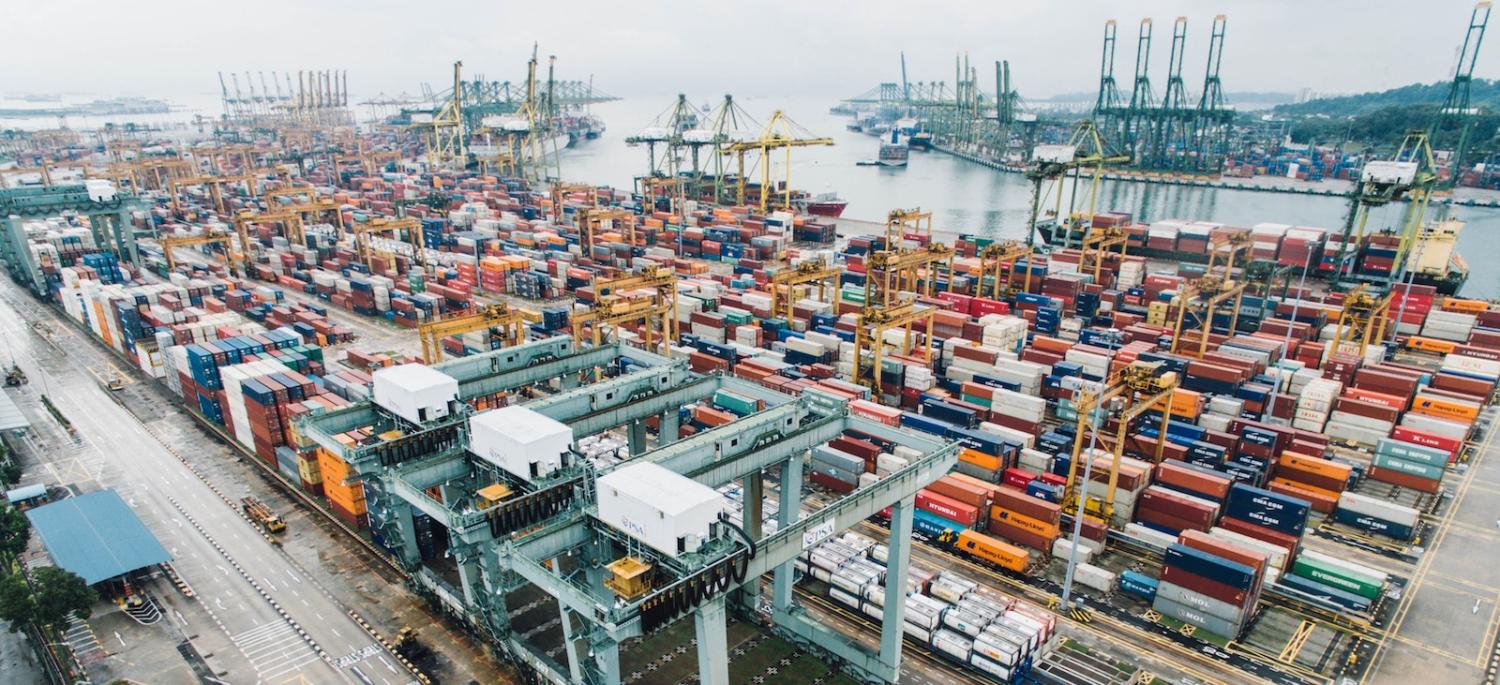In recent months, the US-China relationship has accelerated from rivalry toward adversarial antagonism. In the US, a policy shift on China has been propelled by a sense that China is winning and America is losing in a competition for global hegemony.
“I want tariffs,” Donald Trump told his advisers in July 2017. In 2018, he got his wish. In January, the administration imposed tariffs on imported washing machines and solar panels.
A bigger move came in March, though, when tariffs were slapped on imported steel and aluminum because they posed a national security threat. Mike Callaghan argues that it would be alarmist to talk about a trade war and the best thing to do is nothing:
What was not taken into account sufficiently is how a trade war can escalate with tit-for-tat restrictive measures. And a recession should not be the benchmark for escalating concern over Trump’s trade policies. In a world that is only starting to throw off the constraints of the global financial crisis, we should take any policies that are likely to restrain growth very seriously, even if they do not result in a recession.
Roland Rajah examines exactly how the relationship has escalated into a tit-for-tat exchange between the US and China.
In July, the US imposed tariffs on US $34 billion worth of Chinese imports, with another US $16 billion to be hit shortly, and China is responding in kind. Now the administration has released a list of a further US $200 billion worth of Chinese goods that it proposes to hit with higher tariffs, as part of Trump’s threat to double-down in response to Chinese retaliation.
But it is unclear what the Trump administration wants that China would realistically give, John Edwards:
The White House says it wants an end to the ‘forced transfer’ of US commercial technologies to China as the price of participating in the China market. That, surely, is to some extent negotiable. So there is likely also room for China to offer up more liberal access to its financial services market, and some parts of its communications and energy industries.
“Tariffs will make our country much richer than it is today,” President Trump tweeted in August. So far, there’s not much evidence of that. US exports to China have plummeted since June and US imports from China have continued to rise. John Lee looks at the Trump administration’s solution to begin targeting specific entities in its drive to decouple the two economies:
Decoupling faces obstacles that cast a shadow over its prospects for success. The first is the breadth and depth of US entwinement with China, which goes well beyond the off-shoring of American manufacturing. Despite a general souring of US business attitudes towards China, powerful firms are still partnering with Chinese entities and prioritising access to Chinese markets, products, and labour.
Merridan Varrall looks at the agreement made on the sidelines of the G20 meeting in Buenos Aires to extend the deadline for the increase of US tariffs on Chinese goods and finds that this is not about economics but geopolitics:
Both leaders have their own agendas, pressures, and predilections. Trump wants to ‘make America great again’. And not dissimilarly, Xi wants to achieve ‘the China dream of rejuvenation’, a reference to the idea that, before the 1800s, China held a far more important place in the global hierarchy and this will naturally come to pass again.
This truce is by no means the end of trade tensions between China and the US. The deal is fragile and even if it holds, the issues the two countries need to resolve are profoundly complicated. The risk of damage to the US and Chinese economies, global growth, and Australia’s economic well-being, is just as real as it was last week.

